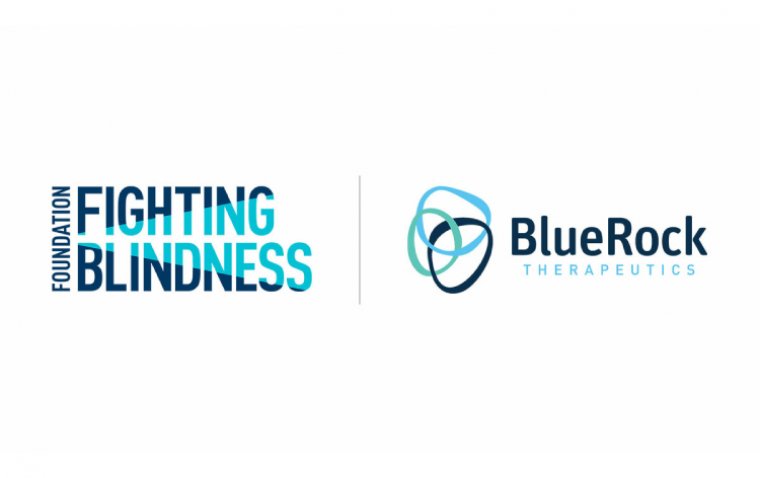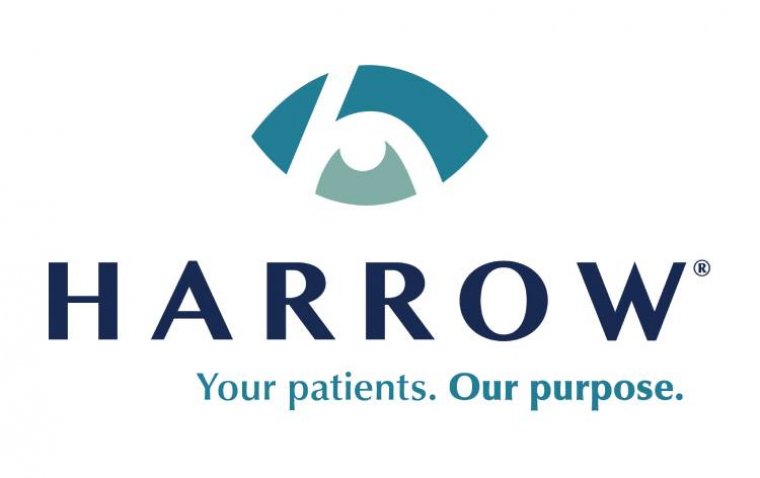
BlueRock Therapeutics and Foundation Fighting Blindness Collaborate on IRDs Study
BlueRock Therapeutics LP, a clinical-stage cell therapy company and a subsidiary of Bayer, in partnership with Foundation Fighting Blindness, has announced their collaboration to introduce a new cohort to the Foundation's 'Uni-Rare natural history study'. This initiative focuses on individuals with inherited retinal diseases (IRDs) resulting from rare single gene mutations. The newly added cohort will specifically target patients with IRDs caused by mutations in multiple genes, expanding the study's reach and potential impact.
Launch of the Uni-Rare Study
The Uni-Rare study, a pioneering effort launched in 2022, aims to gather comprehensive data on approximately 1,500 individuals affected by one of over 300 rare genes linked to IRDs. These conditions include retinitis pigmentosa, Leber congenital amaurosis, Usher syndrome, and a wide array of other disorders. The study is led by José-Alain Sahel, MD, a Distinguished Professor and Chairman of the Department of Ophthalmology at the University of Pittsburgh School of Medicine.
BlueRock's Vision for Cell Therapy
Ahmed Enayetallah, Senior Vice President and Head of Development for BlueRock Therapeutics, expressed enthusiasm about the partnership: “BlueRock is developing a pipeline of cell therapies that we believe has great potential for restoring vision in people living with blindness caused by retinal disease. We are excited to be working with the team at the Foundation Fighting Blindness to expand their study which will help inform the design of future clinical trials as our ophthalmology pipeline advances.”
This collaboration marks a significant step towards enhancing the understanding of IRDs and developing effective treatments. The data from the Uni-Rare study will support BlueRock in identifying and developing reliable outcome measures for clinical trials, thereby facilitating the discovery and development of new therapies for treating IRDs.
A Strategic Collaboration for IRD Treatment
Todd Durham, Senior Vice President of Clinical and Outcomes Research at the Foundation Fighting Blindness, highlighted the strategic importance of the Uni-Rare study: “The Uni-Rare study is an ideal platform for the Foundation to collaborate with life science companies, like BlueRock, that share our goal of better-informed clinical trial designs for treatments of IRDs. We are thrilled to partner with BlueRock on the addition of this multigene cohort that will provide more affected individuals in the IRD community with an opportunity to make a meaningful research impact.”
Advancing Treatment with OpCT-001
In a related development earlier in January, BlueRock announced its exclusive licensing of OpCT-001, a cutting-edge cell therapy candidate from FUJIFILM Cellular Dynamics and Opsis Therapeutics, aimed at treating Primary Photoreceptor disease—a subgroup of IRDs including retinitis pigmentosa and cone-rod dystrophies. These conditions, which lead to irreversible vision loss in both children and adults, currently have no treatment options. OpCT-001 is designed to replace degenerated retinal tissue with functional cells, offering hope for vision restoration. An Investigational New Drug (IND) filing is anticipated within the year, marking a pivotal advancement in the quest to address these challenging diseases.
IRDs Resulting from Rare Single Gene Mutations
● Retinitis Pigmentosa (RP): A group of genetic disorders characterized by the progressive loss of rod and cone photoreceptor cells in the retina, leading to symptoms like night blindness and peripheral vision loss.
● Leber Congenital Amaurosis (LCA): An early-onset retinal dystrophy that manifests as severe vision loss or blindness from birth. It's caused by mutations in genes critical for the function or development of the retina.
● Stargardt Disease: A form of macular degeneration found in young people, caused by a mutation in the ABCA4 gene. It leads to progressive vision loss due to the degeneration of the macula, the central part of the retina.
● Cone-Rod Dystrophy: A group of eye disorders where loss of cone cells (responsible for color vision and central vision) occurs earlier and more severely than rod cells (responsible for peripheral and night vision), leading to diminished visual acuity and color vision.
● Usher Syndrome: This combines hearing loss with retinitis pigmentosa, affecting both auditory and visual senses. It is the most common condition that affects both hearing and vision.
● Choroideremia: A rare condition characterized by progressive loss of vision due to degeneration of the choroid, retina, and retinal pigment epithelium. It primarily affects males, leading to night blindness followed by peripheral vision loss.
● Best Disease (Vitelliform Macular Dystrophy): A genetic eye disorder that typically begins in childhood or adolescence and affects the macula, leading to progressive vision loss. It is characterized by the accumulation of lipofuscin within and beneath the macular area.
● Achromatopsia: A non-progressive and hereditary visual disorder that is characterized by the absence of color vision, light sensitivity, and substantially reduced visual acuity.
(1).jpg)










